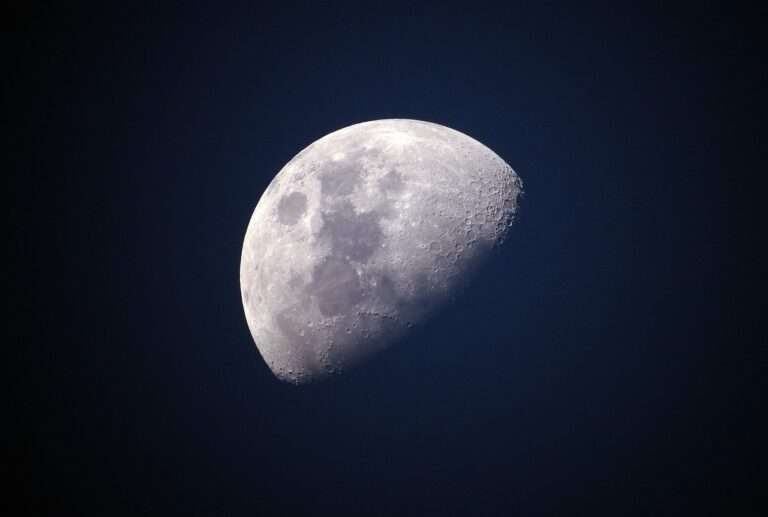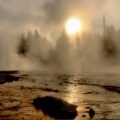NASA, in collaboration with the University of Central Florida, has embarked on the Electrostatic Regolith Interaction Experiment (ERIE) to combat the hazards posed by lunar dust. This experiment, launched aboard Blue Origin’s New Shepard rocket in December of 2023, aims to delve into the electrostatic properties of lunar regolith, commonly known as Moondust, and its interaction with astronauts, spacesuits, and equipment in the lunar environment.
In a rather curious phenomenon, lunar dust poses a significant challenge for space exploration due to its fine, abrasive nature and its tendency to adhere to surfaces through electrostatic charges. This can lead to wear and tear on spacesuits, clogging of equipment, and potential health risks to astronauts. The ERIE experiment focuses on tribocharging, a process where friction induces a static charge under microgravity conditions. This phenomenon is of particular interest because the Moon’s surface is highly charged due to solar wind and ultraviolet light exposure, causing regolith grains to adhere to surfaces they come into contact with.
“We want to know what causes the dust to charge, how it moves around, and where it ultimately settles. The dust has rough edges that can scratch surfaces and block thermal radiators,” explained Jay Phillips, lead of Electrostatics Environments and Spacecraft Charging at NASA Kennedy, in a press release.
The ERIE payload, designed and built by a team at NASA’s Kennedy Space Center, spent approximately three minutes in microgravity during the New Shepard capsule’s suborbital flight. During this time, dust grains simulating regolith particles brushed up against eight insulators within ERIE, creating a tribocharge. The electrometer measured the negative and positive charge of the simulated regolith as it traveled through an electric field applied during microgravity. A camera recorded the interactions, providing valuable data for researchers to analyze.
The insights gained from the ERIE experiment are expected to inform the development of strategies to mitigate the risks posed by lunar dust. This is crucial for the success of future lunar missions, including NASA’s Artemis program, which aims to return humans to the Moon.
“For example, if you get dust on an astronaut suit and bring it back into the habitat, that dust could unstick and fly around the cabin,” Krystal Acosta, a researcher on the program said. “One of the major problems is that there’s no way to electrically ground anything on the Moon. So even a lander, rover, or really any object on the Moon will have polarity to it. There’s no good solution to the dust charging problem right now.”
By understanding how lunar dust behaves and interacts with equipment and human explorers, NASA and its partners can develop effective measures to protect astronauts and ensure the longevity and success of lunar exploration missions.
MJ Banias is a journalist who covers security and technology. He is the host of The Debrief Weekly Report. You can email MJ at mj@thedebrief.org or follow him on Twitter @mjbanias.

